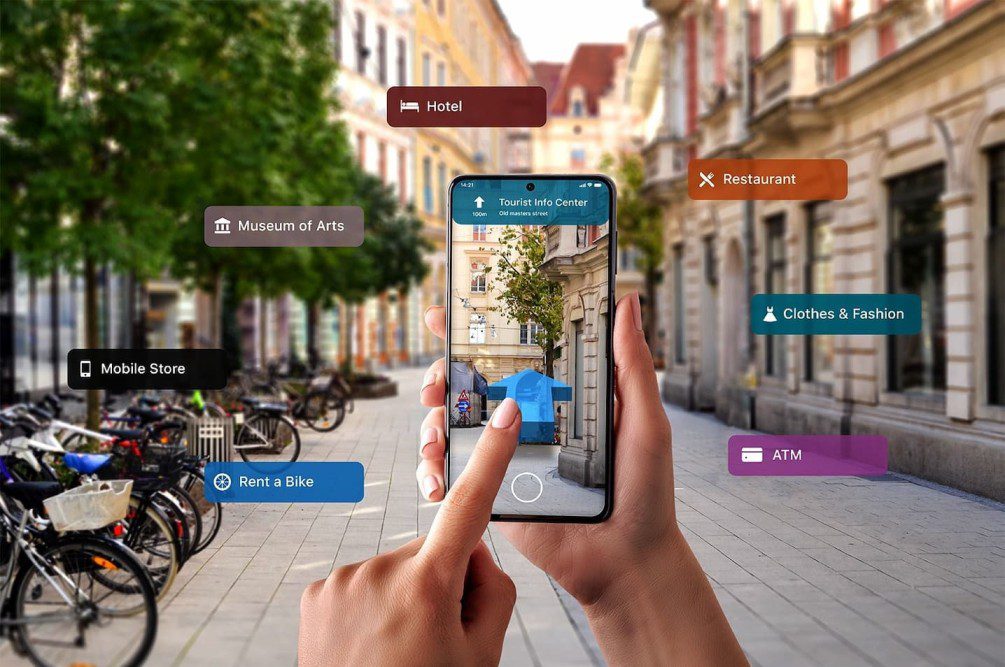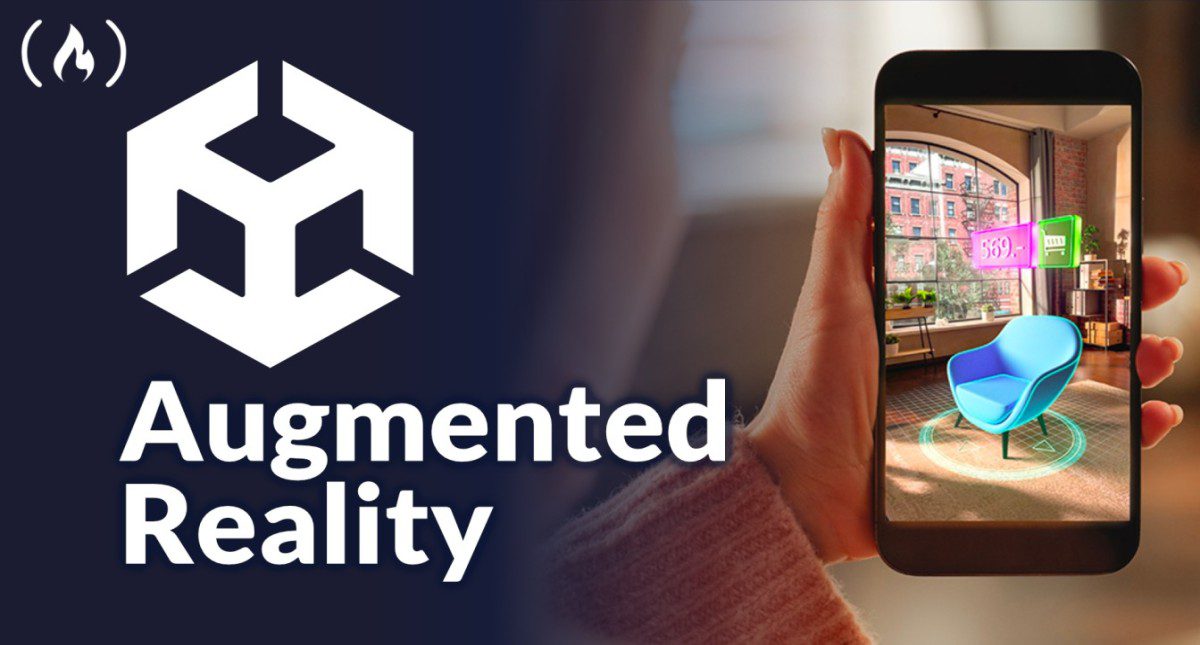Augmented Reality (AR) stands at the forefront of technological innovation, seamlessly blending digital information with the real world to redefine how we perceive and interact with our environment. This article explores the latest developments in AR, distinguishes it from Virtual Reality (VR), examines its diverse applications, and sheds light on its transformative impact on the gaming landscape.
Table of Contents

Also read: Artificial intelligence (AI): What is it?How does it work?
Breaking News in the AR World
The AR market is in the throes of remarkable growth, poised to skyrocket to an estimated value of US$ 87,165.4 million by 2033, propelled by the widespread adoption of smartphones and global internet connectivity.
In a groundbreaking medical feat, orthopedic surgeons at Omega Hospitals harnessed the power of 3D augmented reality glasses to successfully conduct a knee replacement surgery. This technological marvel enabled surgeons to visualize the patient’s anatomy in real-time during the intricate procedure, marking a significant leap in medical applications of AR.
Decoding Augmented Reality vs. Virtual Reality
While both AR and VR redefine reality, they serve distinct purposes. AR enriches the real world by seamlessly incorporating virtual elements, constituting 25% virtual and 75% real components. On the other hand, VR immerses users in an entirely artificial reality, with 75% virtual and 25% real elements. Notably, AR eliminates the need for a headset, unlike VR, which necessitates dedicated hardware.
Versatile Applications of Augmented Reality
AR’s influence extends across diverse domains:
- AR Glasses: Wearable AR Smart Glasses offer a transparent, real-world overlay of digital information.
- Medical Advancements: AR finds utility in intricate medical scenarios and surgeries, introducing a new dimension to healthcare practices.
- Educational Enhancement: AR enhances learning by providing interactive and immersive educational content.
- Retail Revolution: Enabling customers to visualize products in their physical surroundings before purchase.
- Architectural Marvels: Facilitating architects and designers to visualize designs within a real-world context.
- Manufacturing Assistance: AR aids in intricate assembly processes, maintenance tasks, and training in the industrial manufacturing sector.
Augmented Reality Powering Gaming
AR gaming seamlessly integrates audio and visual game elements into the user’s real-time environment. Unlike VR gaming, which demands a dedicated space, AR gaming ingeniously utilizes existing surroundings as the playing field, delivering an engaging and interactive gaming experience. Moreover, AR games can be enjoyed using readily available devices like smartphones and tablets, eliminating the need for specialized hardware and enhancing accessibility and affordability.
Market Dynamics and Key Players
As of 2022, the global augmented reality market boasts a valuation of USD 38.56 billion, with a projected compound annual growth rate (CAGR) of 39.8% from 2023 to 2030. Major industry players like Google LLC, Microsoft Corporation, Apple, Inc., among others, are fervently embracing AR across diverse applications, ushering in a new era of possibilities and opportunities.
Join our WhatsApp channel for the latest tech updates, here.




